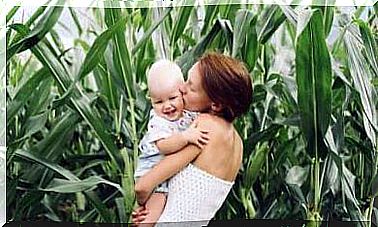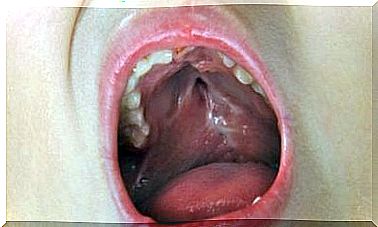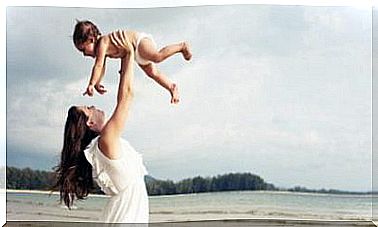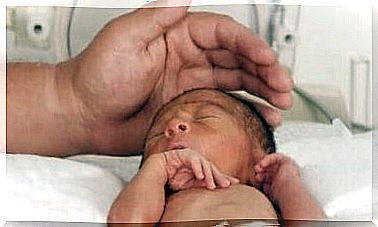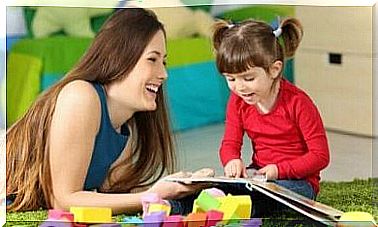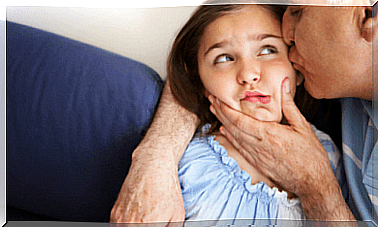Baby Crawling And The Many Benefits Of Crawling
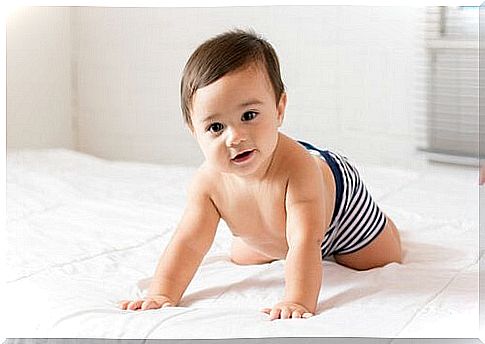
The topic of our article today is baby crawling and its numerous benefits. As the baby gains more strength and confidence in his movements and begins to show interest in moving on the floor, one is very close to the moment he learns to crawl.
Crawling is an integral part of a child’s development of motor skills. Through crawling, the baby gets the confidence and strength they need to learn to walk.
There is no specific age at which all babies learn to crawl. So some parents have to wait longer for this moment than others. Every child is different and learns at their own pace.
Crawling is usually learned at the age of 7-9 months, but there are numerous reasons why a child does not immediately learn to crawl. Some babies do not go through the crawl phase at all , but only start crawling after learning to walk.
There is no need to worry if your child has not yet crawled, but it is important to think about why this is the case. Delays in learning to crawl can be caused, for example, by problems with your legs or motor skills, making a visit to a clinic or doctor necessary.
The importance of stimuli in learning to crawl
As we said above, unless it’s a health problem, there’s no need to worry, even if the baby doesn’t start crawling at the age when crawling is usually expected to begin. According to experts, the stimuli provided by parents can have a significant effect on the start of a child’s crawl.
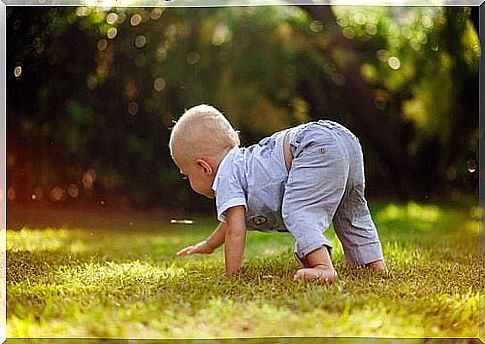
Many babies begin to show the first signs of independence at the age of six months. The child becomes restless, gets up and jumps and seems more active anyway. Creeping often begins at this point as the child’s motor system begins to be ready to move.
The baby wants to get to a place that interests him, and because he can’t walk, he crawls. If a child has no desire or motivation to crawl, he or she will not do so. If the baby does not crawl on his own initiative, he may be offered additional help.
Crawling is the baby’s first way to move independently without the help of an adult. But often adults do not allow a small child to try to move freely.
Lack of stimuli and ideal training conditions can prevent a baby from learning to crawl. Sometimes, on the other hand, parents encourage the baby to walk without going through the crawl phase. They give the baby their hand and help this one take small steps.

Baby crawling and the numerous benefits of crawling
Although some babies learn to walk without a crawl phase, crawling has several benefits.
The crawl position encourages the baby to gain momentum, confidence and determination. Crawling is part of the human evolutionary process that requires the activation of both hemispheres of the brain.
As he crawls, the baby learns to coordinate his movements with his brain. Other benefits of crawling include:
- Develops flexibility and agility for hands and ankles
- Stimulates the senses
- Develop balance
- Strengthens the digestive system
- Develops a sense of sight
- Increases muscle and bone structure strength
- Strengthens the motor system needed for walking
- Strengthens the heart and circulatory system
Every child is an individual who learns at their own pace, and as we’ve mentioned, there’s no need to worry if your baby takes a moment to crawl into learning.
If your baby is at an age where children usually already crawl, he or she should start offering stimuli to motivate crawling. Guide your baby towards the toy, tell him to follow you, or place him in a crawl position.
You can also encourage your child to emulate you by showing him or her how to crawl. Let the baby move at its own pace when he or she wants to – as long as this is done safely and under adult supervision.
Don’t worry too much, but remember that a healthy baby learns and develops at its own pace. Just give him the tools he needs.
